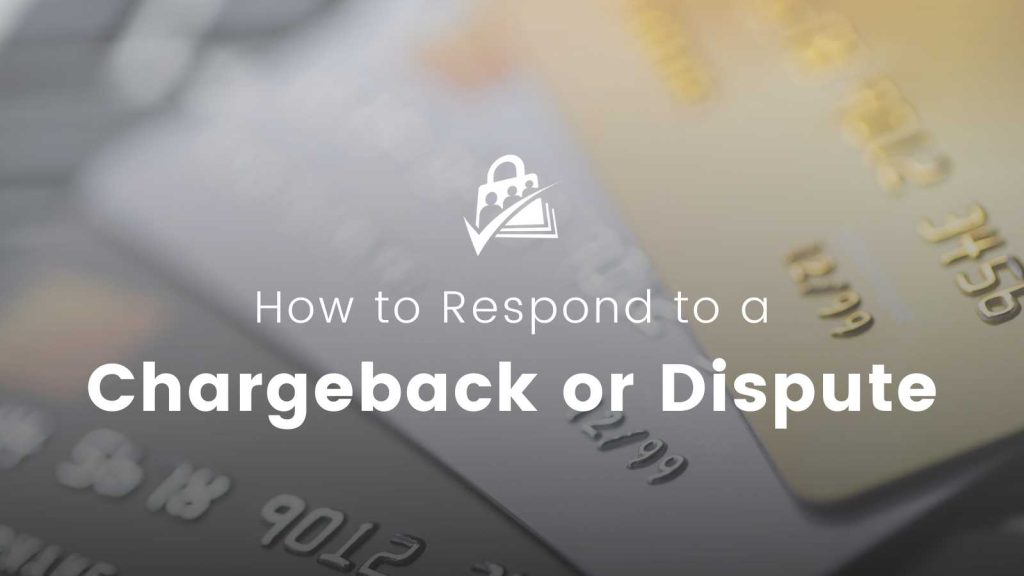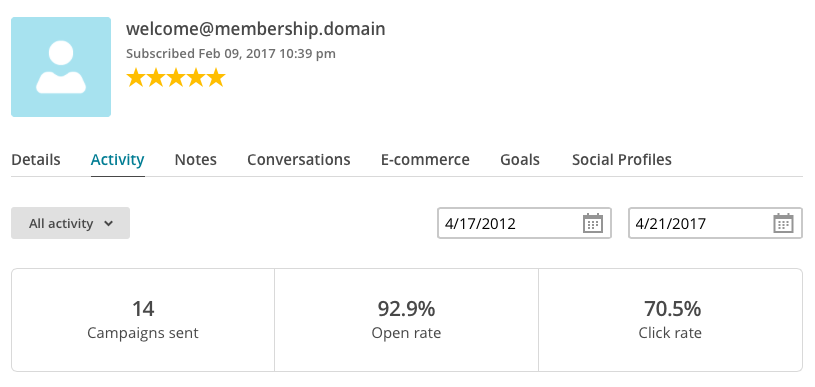This post covers some methods to deal with chargebacks – when a member disputes their charge for membership.
In some cases, a chargeback is actually fraud, whether it is a stolen credit card or PayPal account login. What I’d like to talk about now is a misuse of chargebacks: when a member is grumpy or lying about payment fraud just to get their money back.

What are chargebacks and disputes?
A chargeback or payment dispute is when a customer denies the payment.
Even if you offer a refund policy, there will be some number of customers that decide to simply call their bank and initiate a dispute. This could be because of (actual) fraud, dissatisfaction with their purchase, or they are just a despicable person who got their goods and don’t want to pay for it.
Your merchant account or payment gateway will let you know that someone is disputing a payment. You will then have a window of time to respond to the dispute and “make your case” for why the chargeback is not valid. If the chargeback is not ruled in your favor, the value of the disputed transaction as well as a merchant or gateway-imposed “fee” will be deducted from your account. See Chargeback Fees by Gateway »
Locate the Disputed Order
My first step when dealing with a chargeback is to locate the user’s membership information and get some background.
- Go to Memberships > Orders in the WordPress admin.
- Search for the disputed order using the gateway’s “transaction ID”, or the “Invoice ID” on the order.
- If you don’t have a transaction ID, you can try searching for the user by Name or Email Address (the data you get about a dispute varies by gateway).
- Open the user’s profile in a new tab.
- Open the disputed order in the current tab.
Investigate the Dispute
In most cases, a membership site is a “virtual product”. This makes disputing a chargeback a bit more difficult—how do you prove you delivered what they have purchased?
- Search your email program to see if the user had communicated anything with you directly, either prior to purchase or after.
- If your membership site has any engagement methods, such as a forum or comment forms, see if the user has participated in these things.
- Do you have an email newsletter? If so, access the user’s record in the email marketing tool you use to see if they have opened your messages.
- You can also use the Visits, Views and Logins Report under Memberships > Reports to present activity for the individual user. Have they been logged in and using your site?
- Better yet, if you are using the Better Login, View, Visits Report, you will have even more data about the user’s activity on your site.
Actual Fraud?
If your investigating makes you 99% sure it was a stolen payment method used for purchase, just accept the dispute. It stinks. You’ll pay a fee. But it was actually fraud, and you don’t really have any recourse for this case.
You can prevent some fraudulent charges using the methods outlined in this post.
Fight the Dispute
If your investigating leads you to believe this person just wants their money back, you should respond to the dispute and make a case for why it isn’t a fraudulent purchase.
Before I begin the process of fighting a dispute, I always email the member directly. I’ll ask them to withdraw the dispute and communicate that I will refund their money [how-to].
This never works. Most often I get no reply. But occasionally, I’ll get a weird reply like “I just didn’t have enough money so I said this was fraud.” Luckily, you can use this in fighting your dispute, so even if they don’t withdraw their dispute, you’ve gotten some more ammunition to win your case.
Responding to a Dispute
The method to respond to a dispute varies by gateway, but in general you will be asked to write a statement and provide supporting documents about the purchase. In the case of a physical good, they will ask for proof of shipment (and you may even have proof of delivery depending on the shipment method).
For all other purchases (digital goods, downloads, access, subscriptions, etc.), proving that the charge was not fraudulent is a little more involved.
First, write a statement that clearly describes the situation:
This user purchased a membership that includes access to a private forum. The user participated in several discussions as well as personal email communication with me. Please refer to the included documents with proof of these interactions.
Additionally, I am including files that show all details this user entered when creating their membership. Their name and email address as communicated to me matches that on the dispute and the payment method used.
Then, take screenshots and create PDFs of EVERYTHING
The supporting documents I generally include are:
- A PDF “print” of the user record in the WordPress dashboard.
- A copy of the membership confirmation email I receive as admin when they made purchase.
- Copies of any direct communication they made with me.
- Copies of any proof of participation on my site (comments, forum replies, contact form submissions, etc.)
- A copy of the email marketing service’s details about their email opens.
- A copy of your refund policy, if offered, that would show they had another method to get their money back.
Time to Wait
After submitting your evidence, the payment gateway or merchant will communicate with the user’s bank to make your case. This can take anywhere from a week to two months.
I hope the dispute is sided in your favor!
In Most Cases, the Seller Will Lose
The person filing the dispute has far more protections in place than you. And in most cases they are being defended by a credit card company fully motivated to make them happy. Even when your payment gateway does their part in presenting your evidence, more often then not the seller will lose the dispute, pay the fee, and have the funds returned to the buyer.
There is some comfort in knowing that you did your best to provide honest information about the charge and to defend yourself from this type of abuse. I’m sorry you didn’t win.
What’s Next?
When you lose a dispute, make sure you remove the membership level for the user. And if you are feeling particularly upset about it, you can use one of these methods to block users from logging in, selecting or changing membership.
You can even write them a really nasty email. Just don’t send it. Instead, go read Jason’s post on dealing with hate.



